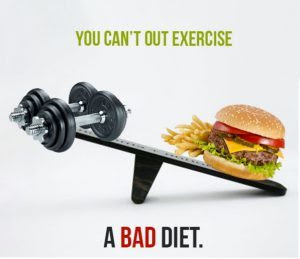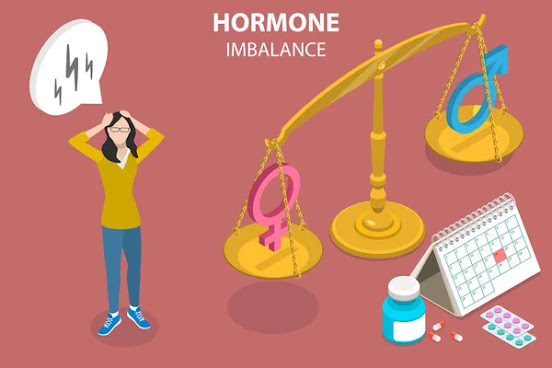Gut Permeability and Your Diet
.jpg)
More and more we are hearing about food allergies and food sensitivities. Because they are such common conditions, it is important to understand the difference between the two and what the health issues are which surround them. The difference between food sensitivities and food allergies Though on the surface food sensitivities and food allergies may seem like the same thing (they can even cause some of the same symptoms), they are, in fact, two different conditions. The least common of the two is a food allergy . A food allergy will bring about a response from the immune system that can impact several different parts of your body. Food allergies can be life-threatening. Food sensitivity or food intolerance symptoms are less serious but are more common, being typically confined to the digestive tract. The gut connection When you have a food allergy, your body essentially treats the food as something that is threatening to your body and therefore mo...






